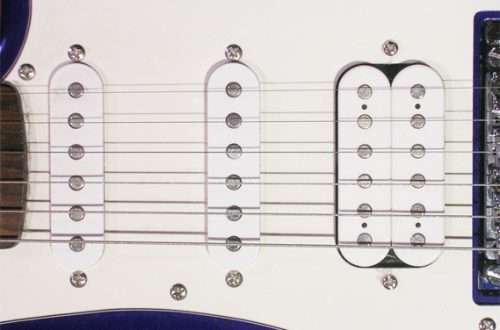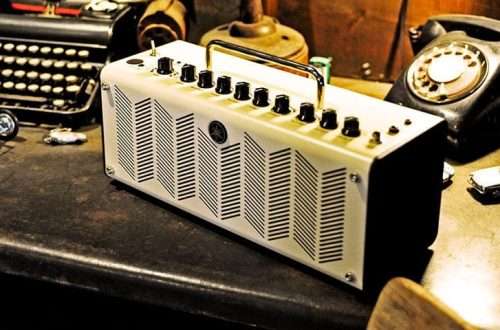
The trombone and its secrets (part 1)
See the trombones in the Muzyczny.pl store
Characteristics of the instrument
The trombone is a brass instrument made entirely of metal. It is made of two long metal U-shaped tubes, which are connected to each other to form the letter S. It comes in two varieties of zipper and valve. Despite the fact that learning the slider is more difficult, it definitely enjoys more popularity, if only because thanks to its slider it has greater articulation possibilities. All kinds of musical slips from one sound to another, i.e. the glissando technique is not as feasible for a valve trombone as it is for a slide trombone.
The trombone, like the vast majority of brass instruments, is by nature a loud instrument, but at the same time it can become very subtle. It has a huge musical potential, thanks to which it finds its application in many genres and styles of music. It is used not only in large brass and symphonic orchestras, or big jazz bands, but also in smaller chamber, entertainment and folklore groups. Increasingly, it can also be heard as a solo instrument, not only as an accompanying instrument.
Types of trombones
Apart from the aforementioned variations of the slide and valve trombone, the trombone has its own sound types. Here, as in the case of other wind instruments, the most popular ones include: soprano in B tuning, alto in Es tuning, tenor in B tuning, bass in F or Es tuning. There is also an intermediate tenor-bass trombone with an additional valve that lowers the sound by a fourth and the lowest-sounding doppio trombone in the low B tuning, which is also called the octave, counterpombone or maxima tuba. The most popular, as in the case of, for example, saxophones are tenor and alto trombones, which, due to their scale and the most universal sound, are the most frequently chosen.
The magic of the trombone sound
The trombone has amazing sonic qualities and it is not only loud, but also very subtle, calm entrances. Especially, this incredible nobility of sound can be noticed in orchestral works, when after some fast, turbulent fragment the orchestra goes silent and the trombone enters very gently, coming to the fore.
Trombone damper
As with most wind instruments, also with the trombone we can use the so-called a muffler, the use of which allows instrumentalists to additionally model and create the sound. Thanks to the damper, we can completely change the main characteristics of the sound of our instrument. There are, of course, typical practice faders, the main task of which is primarily to minimize the volume of the instrument, but there is also a full range of faders that can brighten up our main sound, or make it more refined and darker.
Which trombone should I start learning with?
At the beginning, I suggest choosing a tenor trombone, which does not require such strong lungs, which will be a big advantage in the initial stage of learning. When making your choice, it is best to ask an educator or an experienced trombonist for advice to make sure that the instrument is suitable for you and will have good intonation. First, start learning by producing a sound on the mouthpiece itself. The basis in playing the trombone is the correct positioning of the mouth and, of course, the bloat.
Warm-up before the game proper
A very important element before starting to play trombone pieces is the warm-up. It is primarily about training the muscles of our face, because it is the face that performs the greatest work. It is best to start such a warm-up with low single long notes played slowly in the legato technique. It can be an exercise or a scale, for example in F major, which is one of the easiest. Then, on the basis of this exercise, we can build another warm-up exercise, so that this time we can play it in the staccato technique, i.e. we play each note briefly repeating it, e.g. four times or we play each note with four sixteenth notes and a quarter note. It is worth paying attention to the sound of the staccato performed so that it is not too soaring, but in a more delicate classical form.
Summation
There are at least a dozen reasons why choosing a wind instrument is worth choosing a trombone. First of all, this instrument, thanks to its slider structure, has amazing sonic possibilities that cannot be found in other wind instruments. Secondly, it has a sound that finds its application in every musical genre, from classics to entertainment, folklore and jazz. And, thirdly, it is an instrument less popular than the saxophone or trumpet, and thus the competition on the music market is smaller.





